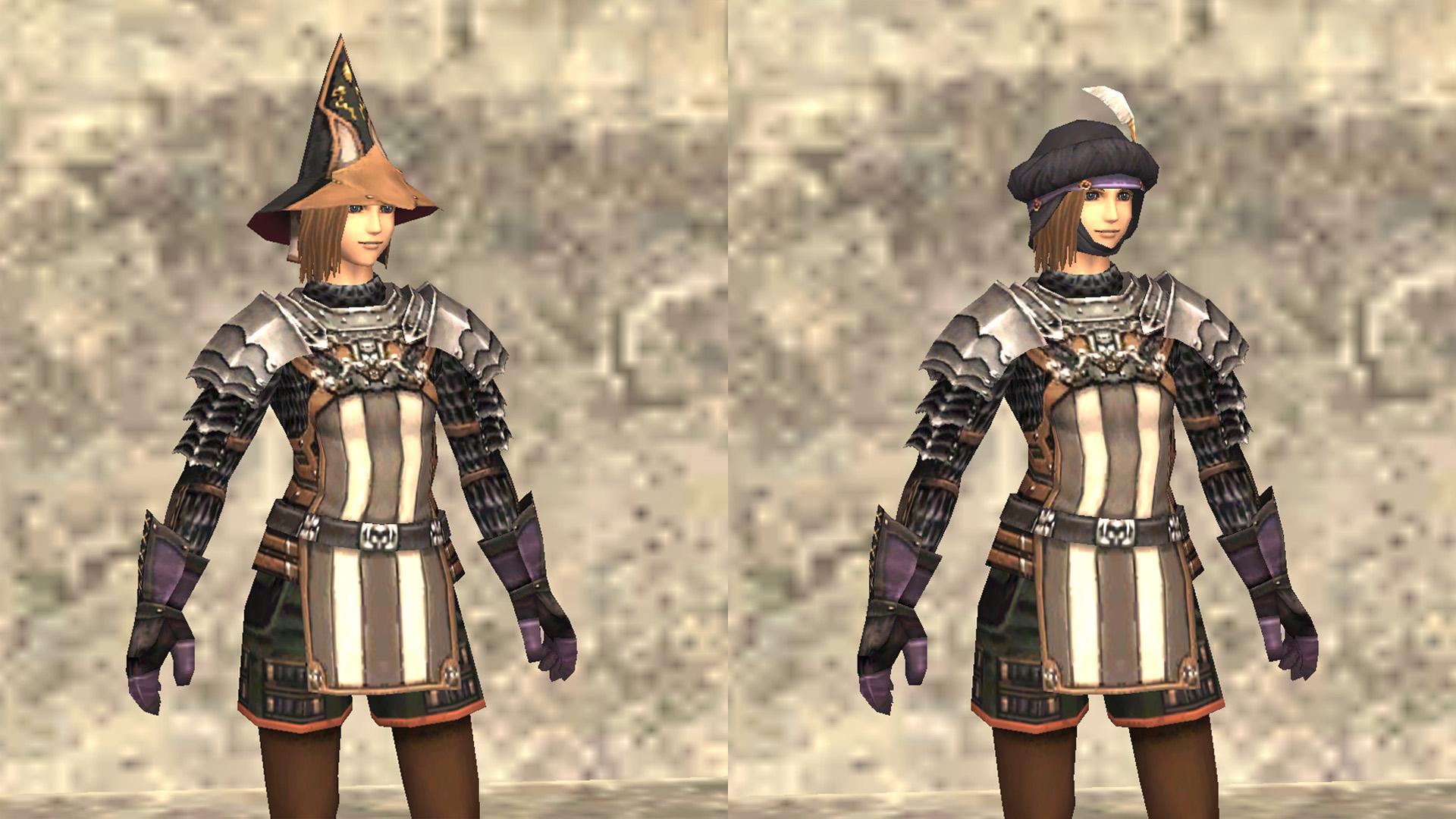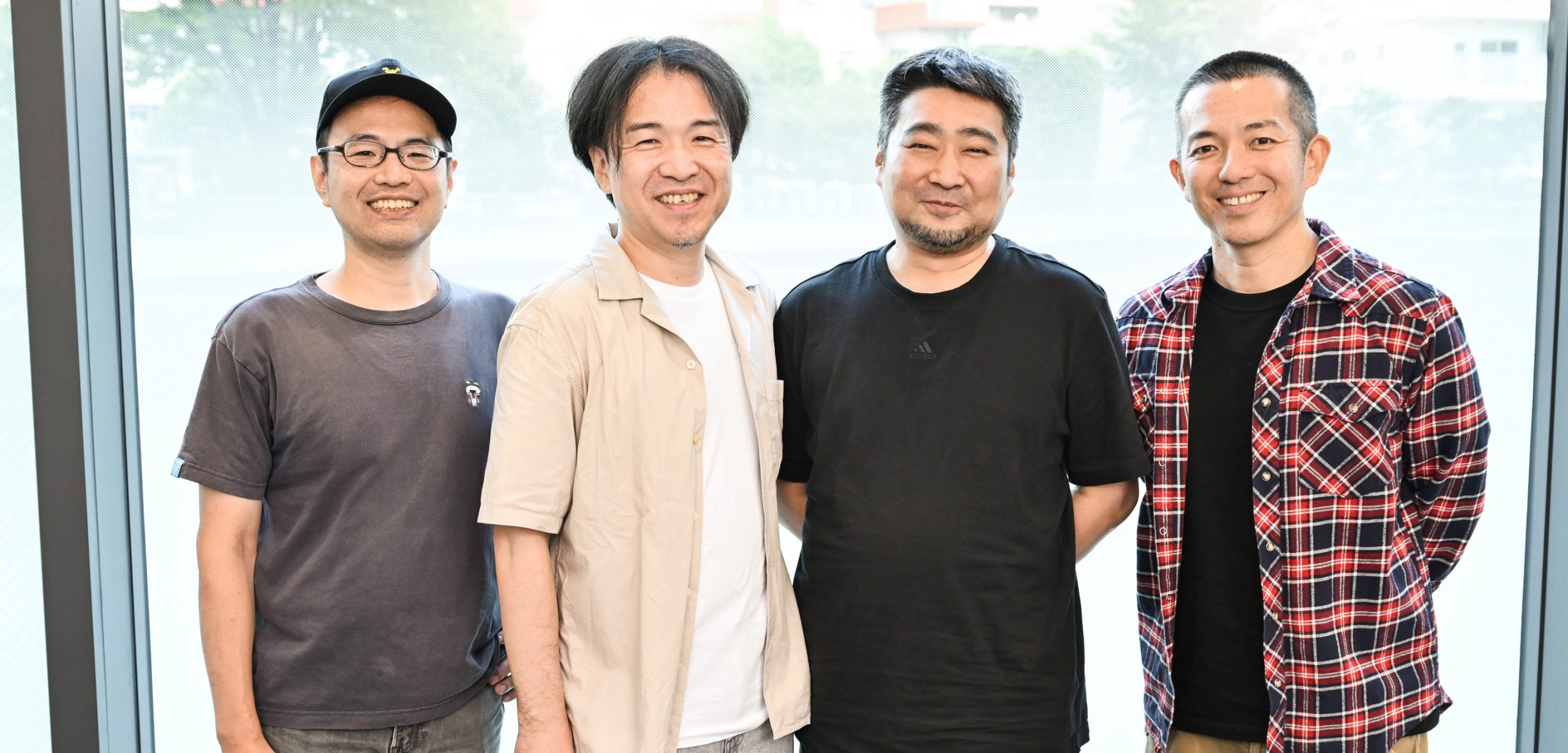"WE DISCUSS VANA'DIEL" is a series of conversations between Producer Fujito and special guests who are familiar with FINAL FANTASY XI (FFXI). Here in Season 2, we're featuring conversations between Producer Fujito and the development team in regards to the middle and later stages of FFXI's creation, including the various expansion packs and additional scenarios that have been released over the years.
The topic of this episode is Treasures of Aht Urhgan, the game's third expansion pack. Our guests this time are Koichi Ogawa, who served as the game's director at the time, and Mizuki Ito, who devised much of the battle content. We are also joined by Yosuke Hayashi, who was mainly in charge of creating the items and equipment. Together, we'll discuss the development process behind Treasures of Aht Urhgan and its various contents.
Treasures of Aht Urhgan was the third expansion for FFXI and was released on April 20, 2006. It served as a large departure from the adventure up until that point, with the setting for the story shifting to the Empire of Aht Urhgan in the continent of Aradjiah in the Near East. Players join the mercenary organization known as Salaheem's Sentinels, working under its leader, Naja Salaheem. Once there, they encounter a variety of characters, including the Royal Puppeteer known as Aphmau and her automaton companions Ovjang and Mnejing, the Yagudo swordsman Gessho, the ghost ship captain Luzaf, and many other unique NPCs.
The new city of Aht Urhgan Whitegate serves as the center of the player's adventures and houses various facilities, including an auction house. It also serves as a base for the adventurers as their journey takes them to the Grand Duchy of Jeuno. The expansion also added multiple new areas to the game, including the beastman territories of Mamook, Halvung, and the Arrapago Reef, as well as the Wajaom Woodlands, Mount Zhayolm, and the Caedarva Mire.
It also introduced three new job classes to the game: blue mage, corsair, and the puppetmaster. The expansion's battle content included Besieged, which is a large-scale battle where up to 700 adventurers fight to defend the city; Assault, where players participate in various missions to boost their mercenary rank; and Salvage, which forces players to start each area with all of your equipment removed. In addition to the battle content, other new features were also added, including the ability to breed and race chocobos, and Pankration, which pits captured monsters against each other in battle.


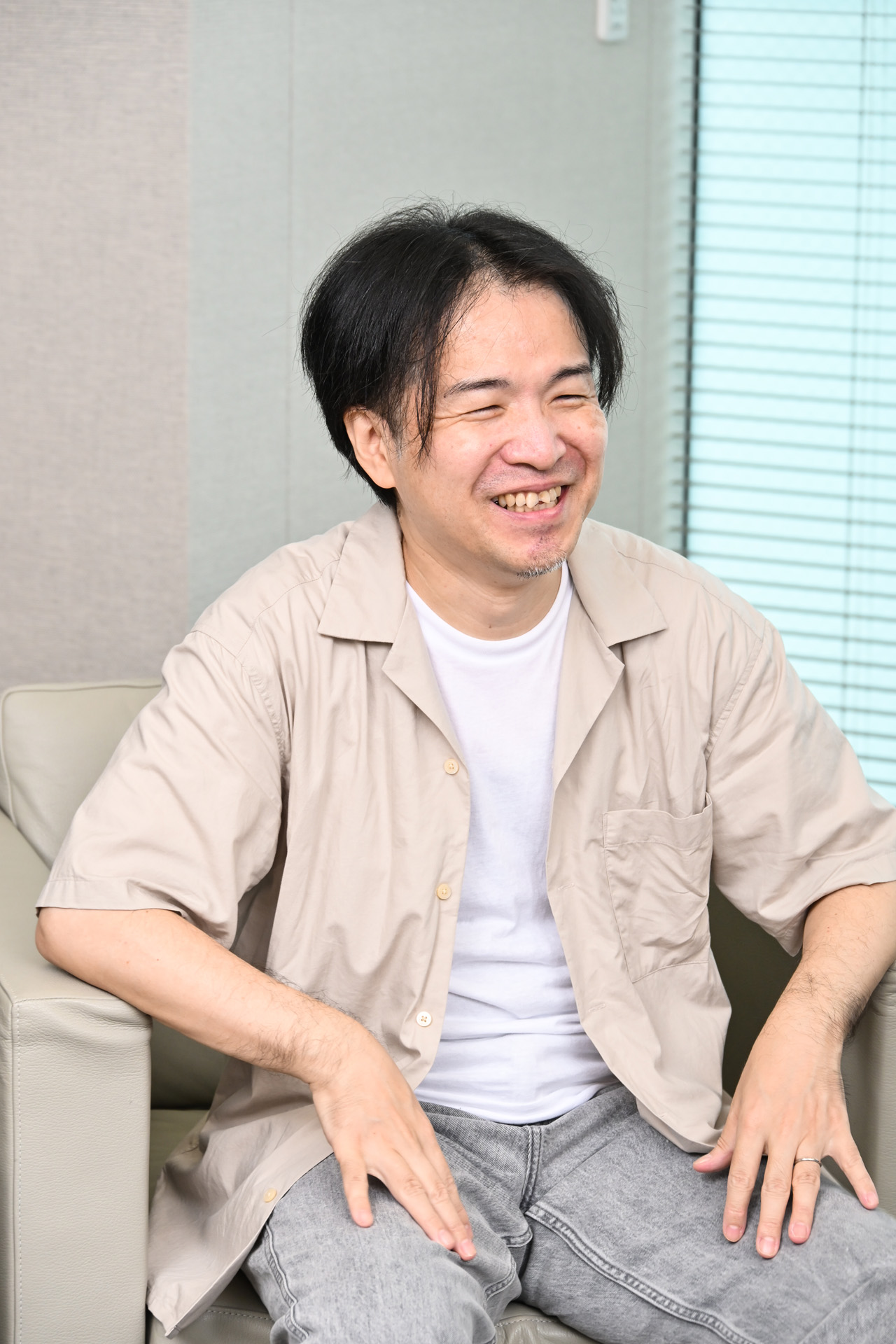
He originally served as a map planner up until Chains of Promathia. He later went on to serve as the third director for FFXI while overseeing the period from Treasures of Aht Urhgan to Wings of the Goddess. After leaving the FFXI team, he served as chief planner for Dragon Quest XI: Echoes of an Elusive Age, among other positions.
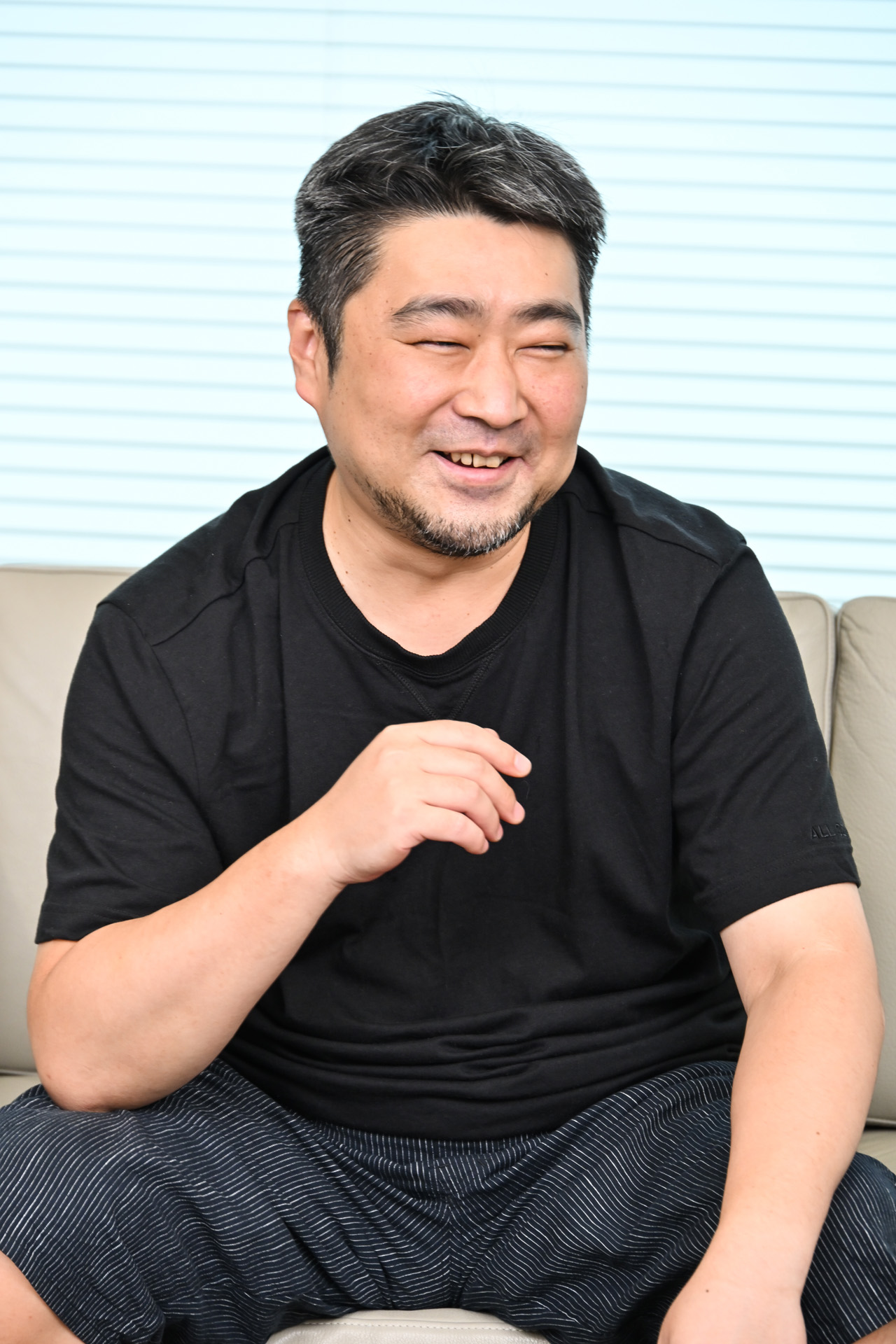
He worked on Treasures of Aht Urhgan as a battle planner, where he was mainly responsible for content such as Besieged, Assault, and Salvage. In 2010, he took over for Akihiko Matsui and was appointed as the fifth director of FFXI, where he handled director duties up until Rhapsodies of Vana'diel.
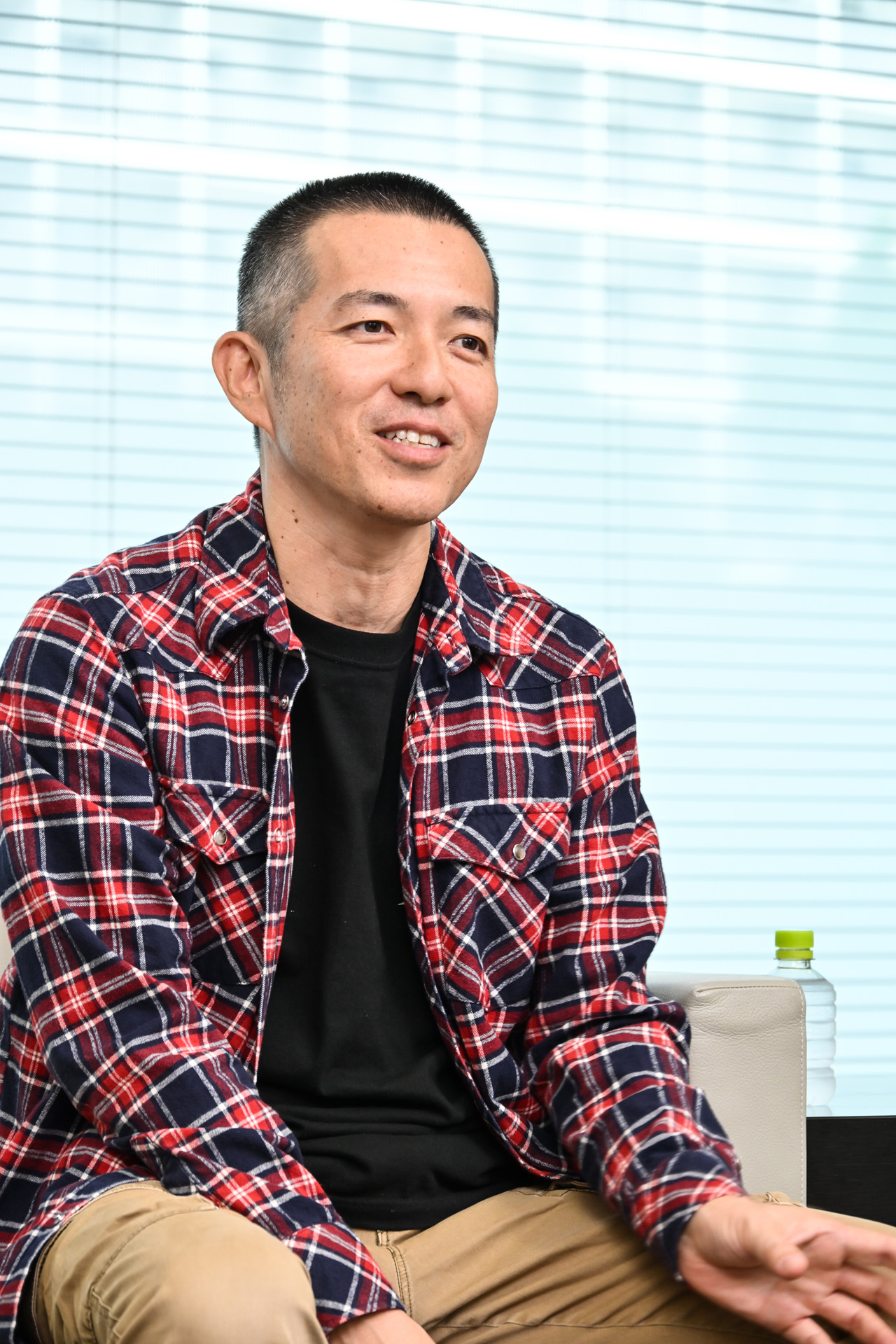
He worked as a planner on Treasures of Aht Urhgan, where he was charged with creating items in the game. He also worked with Mr. Ito's team on battle content such as Assault and Salvage. Currently, he serves as the lead item designer for FINAL FANTASY XIV.
The mysterious "soccer field" proposed by Mr. Ito
In this episode, we'll be talking about the game's third expansion pack, Treasures of Aht Urhgan. We'll be speaking with Mr. Ogawa, who was the game's director at the time; Mr. Ito, who worked as a battle planner; and Mr. Hayashi, who was in charge of items for the game. Before we get started, I'd like to hear about the work that each of you were doing at the time of Treasures of Aht Urhgan's development, including you, Mr. Fujito.
- Fujito
At the time, I was mostly working on the fishing data.
Were you in charge of the fishing feature from the beginning?
- Fujito
Actually, Mr. Maeda* was in charge of it at first, but I took over when he was transferred. In regards to the fishing content, we had originally talked about introducing new kinds of fish along with the areas that would be added with the expansion packs, so we decided to start with Treasures of Aht Urhgan. However, considering how different the setting is from the game up to that point, I figured that we would need to change the species and names of the fish to better suit the new setting. I remember consulting with Mr. Iwao* as I worked on the associated data, including the synthesis recipes.
* Akihiko Maeda, former event planner. * Kenichi Iwao, former FFXI planner in charge of things such as the world setting. Mr. Ogawa, when were you appointed as the game's director?
- Ogawa
Once Chains of Promathia was released, most of the map-related work for the area of Promathia had already been done, and I was appointed director around that time. From that moment on, I contemplated what kind of maps and terrain the next expansion pack should have and then got started on creating the new world.
- Fujito
When you were named director, did you accept the position immediately?
- Ogawa
My thinking at the time was basically, "If they're going to nominate me, I'll do it!'' I mentioned this last time*, but I started working on the maps for Treasures of Aht Urhgan in advance, so I think that from a practicality standpoint, I was probably the right person for the job. I received encouragement from Mr. Higuchi*, who said, "You just do what you want to do as the director; I'll take care of everything else.'' So I thought to myself, "I'm gonna stuff the game full of whatever I can think of!" and immediately started working.
* See Season 2, Episode 1. * Katsuhisa Higuchi, former battle director for FFXI.
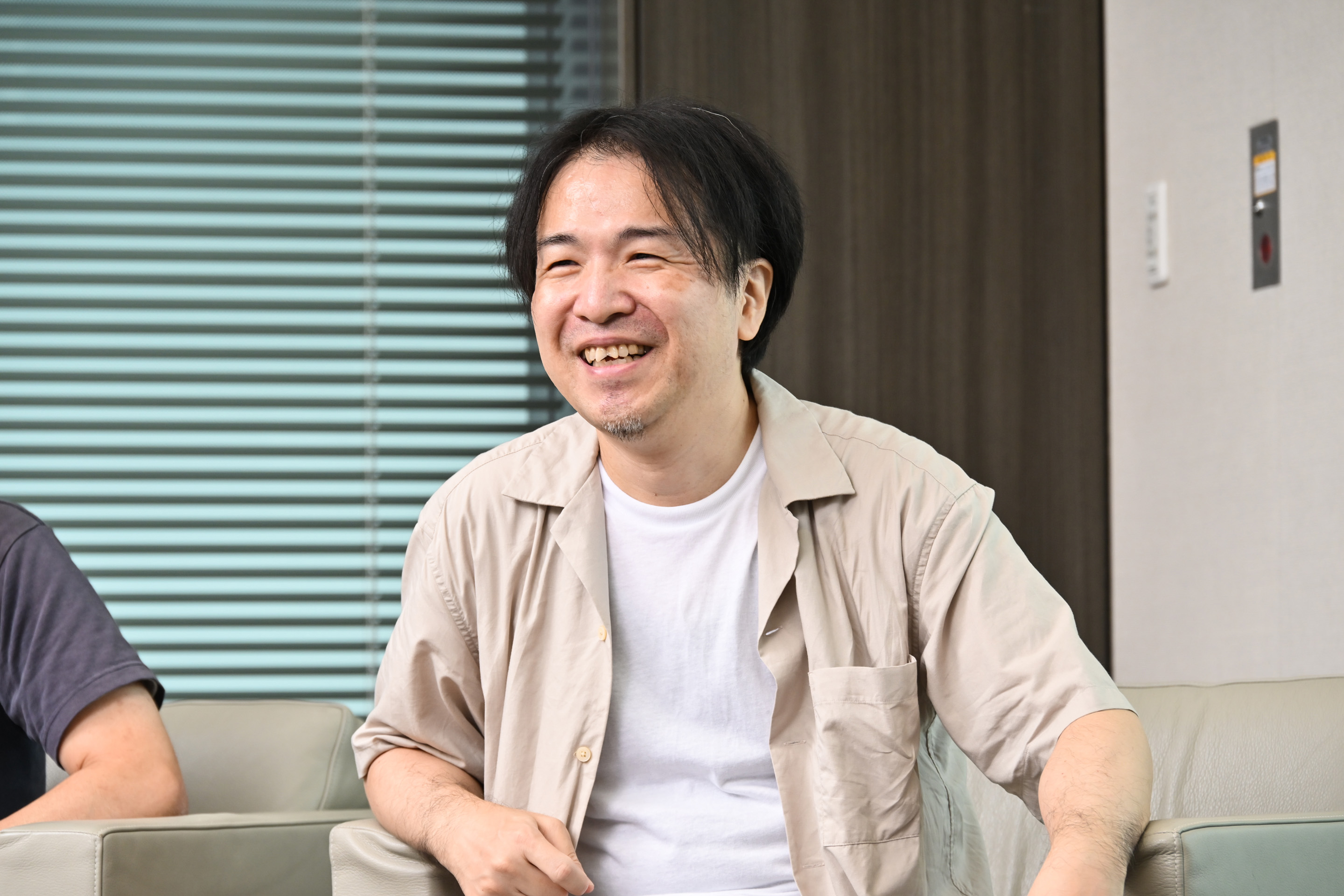
What are your thoughts on the work you were performing at the time, Mr. Ito?
- Ito
In Chains of Promathia, we created areas such as the Uleguerand Range and Attohwa Chasm that were chock full of things to do, so we wanted to come up with various types of new content that could serve as an extension of that In particular, I remember speaking with Mr. Ogawa about wanting to create Besieged, which would feature large-scale battles and be one of the main highlights of the expansion. In addition to thinking about the city's layout, we also discussed other topics like how we wanted NPCs to participate in the city's defense.
So you're the one who added sliding to the Uleguerand Range and mountain climbing in Attohwa! Did you work on the maps up until Chains of Promathia?
- Ito
Yes, I think so. I believe I only worked on the maps up to Chains of Promathia. Actually, I remember telling Mr. Ogawa during Treasures of Aht Urhgan to "Please make a soccer field.'' Although, the soccer field never ended up being used. (laughs)
How did you envision this soccer field being used in the game?
- Ito
I asked for it because I thought it would be nice to have a place where we could feature PvP competitive matches. To be more specific, we were creating content that would've allowed players to play a soccer-like game using spheroids, but it ended up getting shelved. (laughs) I believe the rules were something like you'd score points by altering the spheroid's path and guiding it into the goal.
Does that area still exist within the game?
- Fujito
It can still be accessed by using a debug command. We used it once before at a Community Team event*.
* This is referring to the Vana TV Cup Uchoten Damage Contest that was held on March 29, 2012. Mr. Hayashi, what were you working on at the time?
- Hayashi
I don't remember my exact title, but I was creating various items that would be added to the game. Plus, I also worked on Mr. Ito's team to help create content such as Assault, Nyzul Isle Uncharted Area Survey, and Salvage. The way I remember it, Mr. Ito would create a large "sandbox" and then it would be up to three or four of us planners to fill in that "sandbox" with content. For example, Assault and Salvage had their overall rules in place and then there were individual gameplay elements such as "Missions" and "Remnants" within them. Therefore, it was up to us to fill in the rest of the details. I also worked on the seasonal events.
You mentioned that you were on the items team, so it was my understanding that you mostly created the in-game items, but it seems you worked on a lot of the in-game content as well.
- Hayashi
Yes, definitely. In the case of Salvage, we were given a completed map (i.e. the Remnants) and then it was up to each team member to think about what kind of gameplay to include within it. With Assault, the ranks were divided up between each one of us planners. I believe I was assigned to work on Sergeant Major and Second Lieutenant.
Given that Assault featured more kinds of innovative content than what had come before it, I imagine it must've been difficult to think up new ideas for it.
- Hayashi
I really enjoyed creating content for the Assault missions. I was working alongside other planners, so I would often see what my colleagues were doing and then think to myself, "Okay, this is what I'm going to add." Or, I would take an idea that someone mentioned while talking to them, and I'd try to find ways to expand on it.
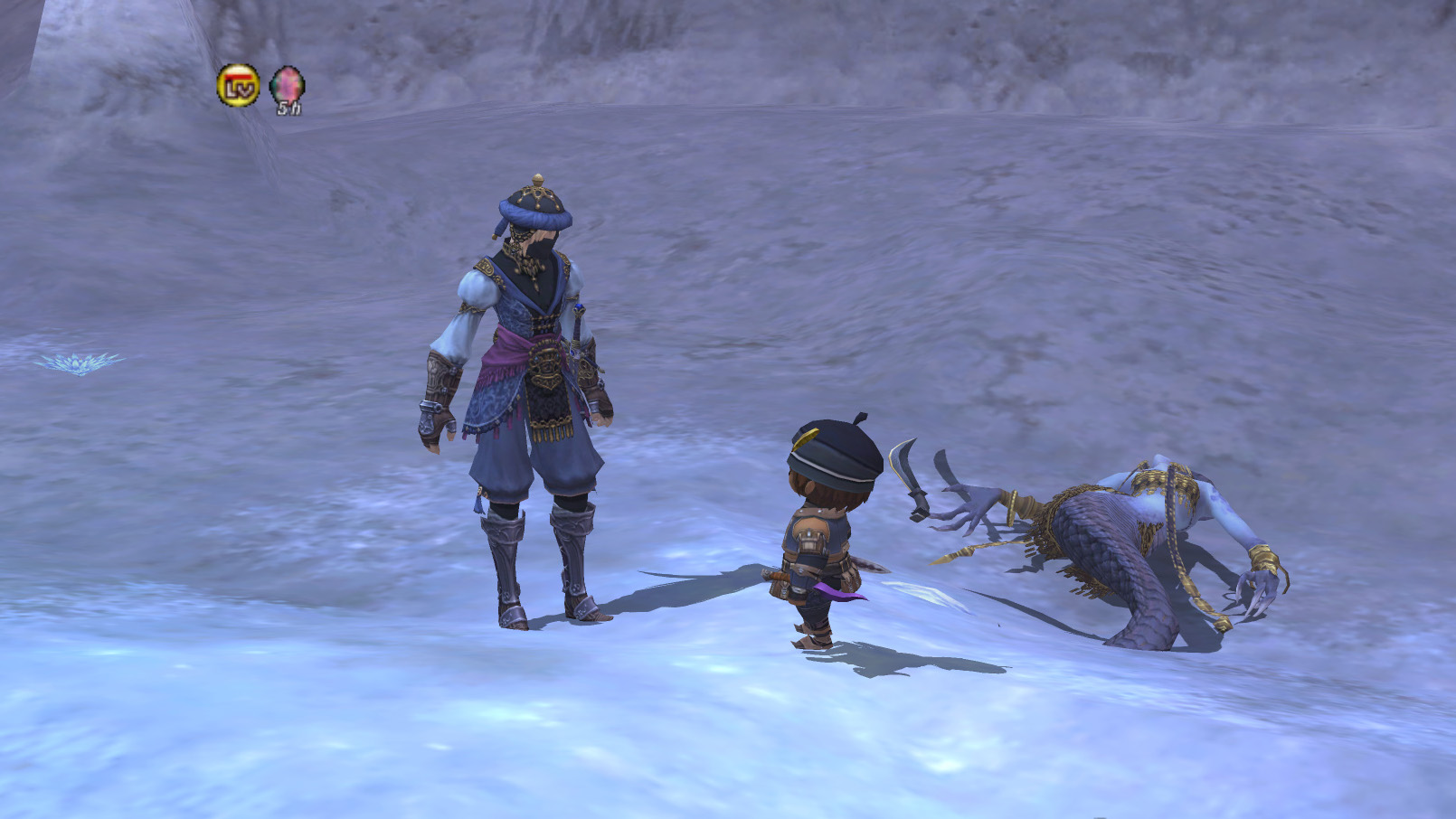
The Aradjiah continent was created to be a kind of a "bejeweled isle"
Could you tell us again how you settled on the setting and concept for Treasures of Aht Urhgan?
- Ogawa
Initially, I was interested in the concept of the Far East, and spoke with the environments team about how I wanted to make something that was like a Japanese-style painting. However, I was told that it would be difficult to create such a setting at that point and that it would be quite a long journey (for the players) to get that far, so we decided to set the story in the Near East instead.
- Hayashi
I personally wanted to see the Far East. (laughs)
- Ogawa
From that point on, we worked under the concept of a "bejeweled isle" and took things in the direction of a continent that had a festival-like atmosphere and where players could simply enjoy themselves. Additionally, there were no plans to increase the level cap at the time, and Jeuno was saturated with high-level adventurers, so we figured this new area would be a place for level 75 players to congregate.
So that was the reason there was so much content in Treasures of Aht Urhgan.
- Ogawa
It was our plan to place more emphasis on the content than the story.
Once you decided on a concept, what did you focus on first during the development process? Let me guess, you started with the maps?
- Ogawa
The maps were part of it, but we needed to at least have an idea about what kind of gameplay we were going to feature in them, so we discussed the battle content at the same time. Also, the system known as instanced areas* began showing up in other games, so I believe we had discussions on whether it'd be possible to implement them in FFXI as well.
* A game development technique that temporarily creates a necessary area within the game at the moment that it is required. In FFXI, it is also called the layer area. Up to that point, FFXI's battlefields featured a fixed total of three battle areas and players were sent to an area in the order they joined the battle, so once the areas were full, new players couldn't enter until space was freed up. Through the adoption of the instanced area system, it enabled more parties to participate in mission areas such as Assault at the same time. So I guess it was important to focus on the content itself from the beginning as well.
- Ogawa
To be more specific, we planned for Assault to use the instanced areas and as Mr. Ito said, we wanted to also do large-scale battles like a siege. We thought about how exciting it would be if a large group of monsters attacked a city you were in. So we took that idea and decided to make Besieged a major pillar of the expansion's content.
- Ito
I remember Mr. Ogawa talking to me about the feature, and I even came up with a rough draft of it along with Mr. Iwao. Although the beastman army's ultimate objective was to conquer the city, the city would feature NPCs known as "heroes" (later became the Five Serpent Generals) in various locations. First, the beastman army would disperse and target these "heroes," so the goal was for players to hold them off.
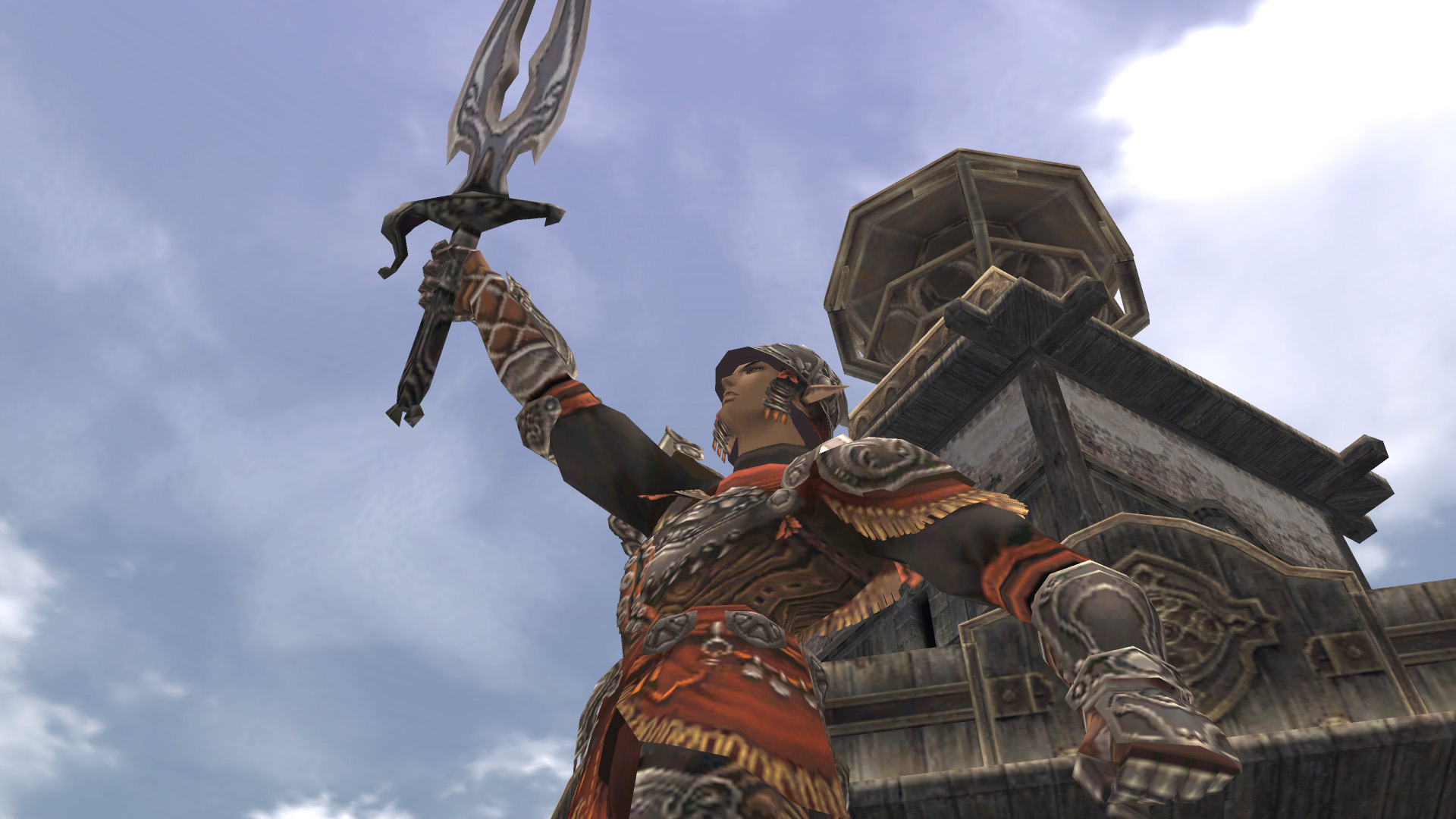
I remember being super excited for Besieged when it was first launched, including during the time I spent waiting for the army to advance.
- Ito
Although, that wasn't very easy to do right after Treasures of Aht Urhgan was released. (laughs wryly) The beastman army actually marches across the field, but there were often large numbers of players waiting for it along the way, and that sometimes led to the army being defeated before it even reached the city. Naturally, we needed the siege to happen since that was the point of the whole thing. Therefore, we decided to modify it so that players couldn't engage the army on the field, which made the march itself more for show. And that's how Besieged was able to become what it ended up being.
Everyone was so excited about the coming siege that they couldn't wait in the city for the army to attack. (laughs)
- Fujito
It was about the time that Chains of Promathia's story reached its conclusion in July 2005, and there was kind of a feeling that the game had stagnated a bit, so I think players were eager for something new. Treasures of Aht Urhgan was our attempt to rectify that situation, so I could really feel everyone's excitement at what was to come.
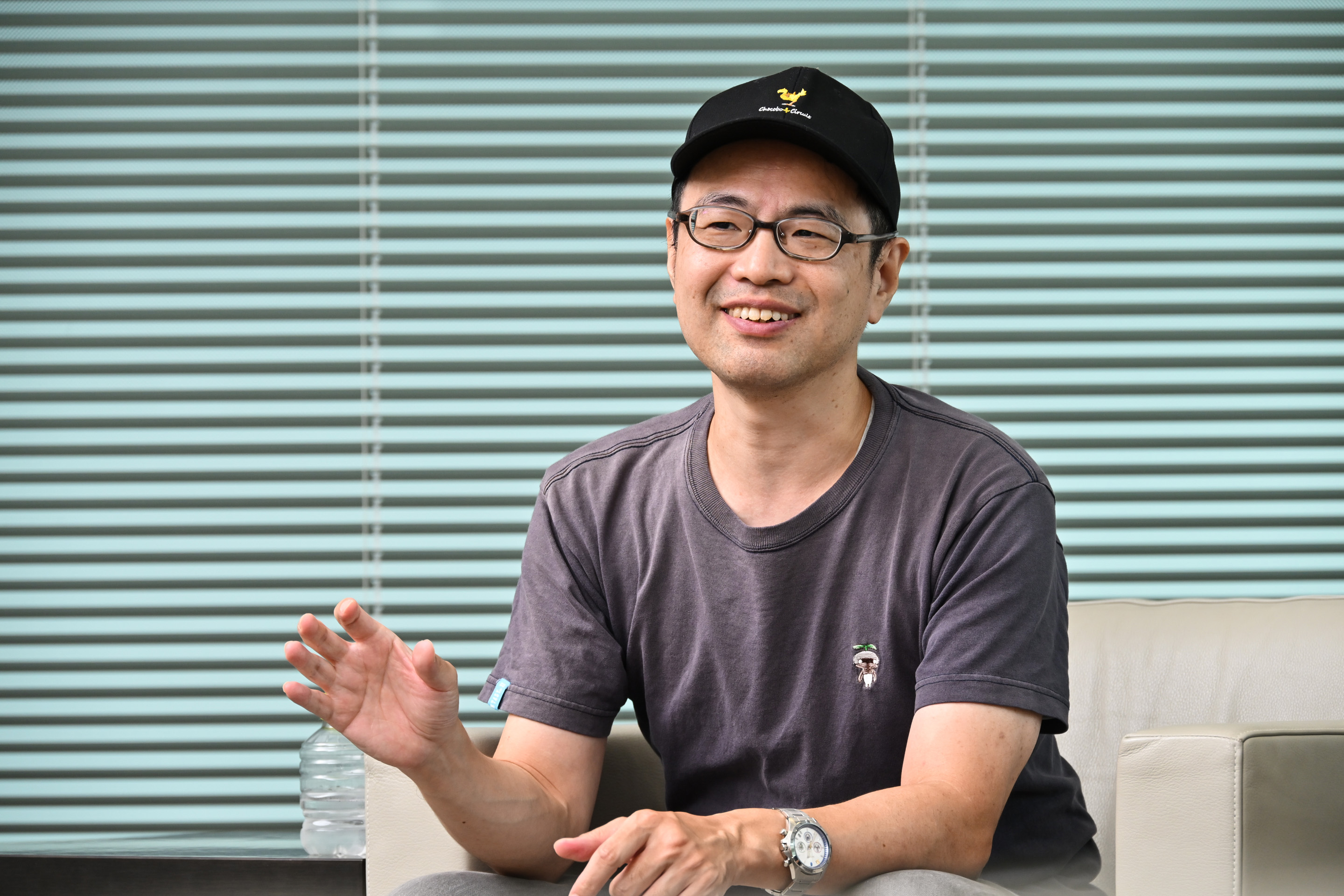
How did you come up with the story?
- Ogawa
If I remember correctly, Mr. Iwao said he wanted to do a story about mercenaries, so the story ended up being centered on a mercenary organization. So with that a starting point, the scenario staff came up with a plot, which was checked by everyone else on the team and then we'd work each week to flesh out the details. Compared to a story like Chains of Promathia, we thought it would be okay to have something that "felt more like a subplot" in the beginning because we wanted to make it easy for players to immerse themselves in a new adventure.
So even though we saved the world in Chains of Promathia, we end up being just another face in the crowd in Treasures of Aht Urhgan. (laughs) By the way, who created the roadmap for implementing the story and content?
- Ito
It was essentially Mr. Ogawa, and we all gave thought to things like how many planners we'd need for a particular piece of content, and if we'd need the schedule for it to be pushed back accordingly. Taking Assault as an example, it has five mission areas, and when adding new ranks, they all need to be implemented at once. Salvage also required implementation across four different areas (remnants) at once, so we needed four planners assigned to it. Therefore, we had to factor in things like that and then make the necessary adjustments.
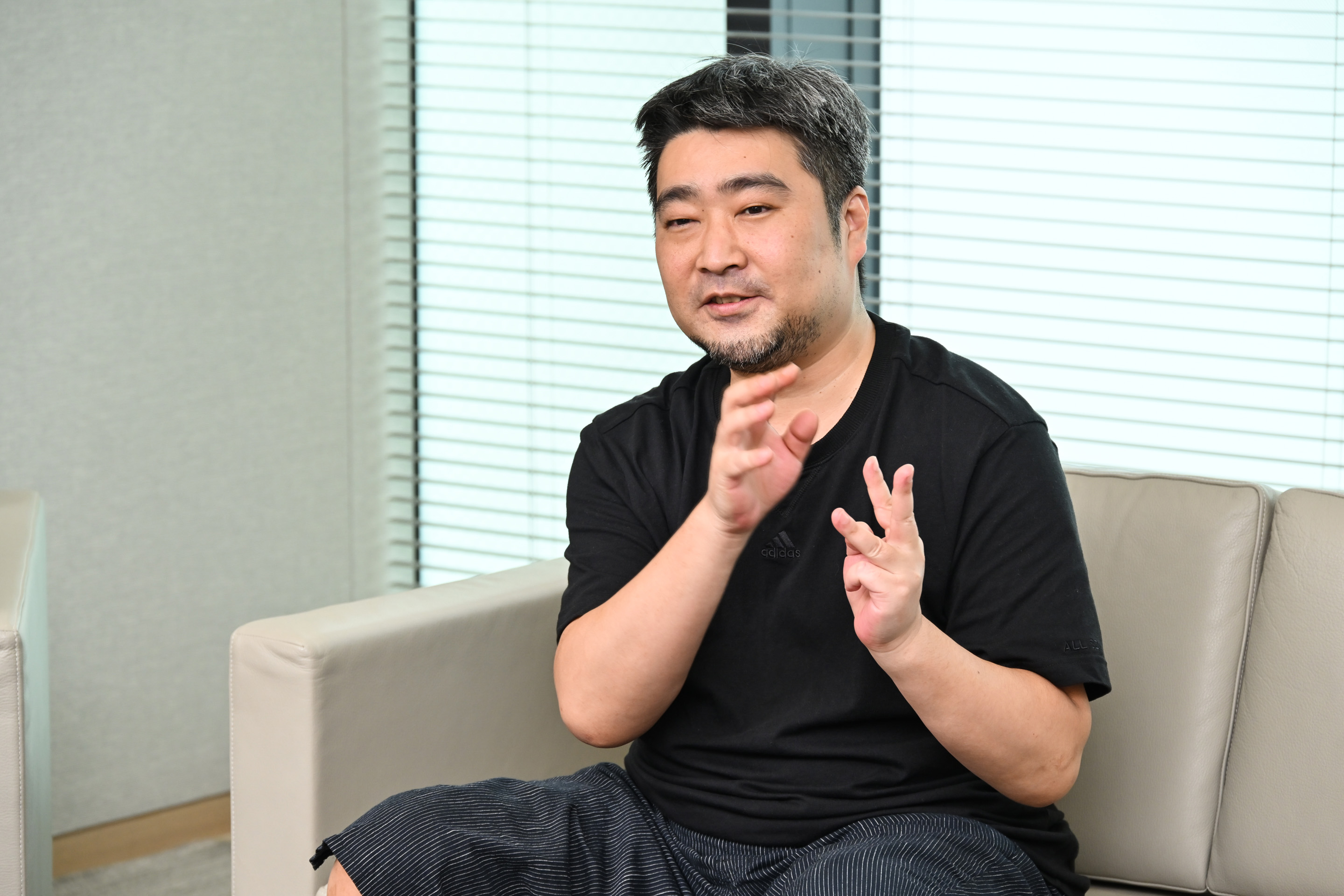
How the three new job classes came about
Treasures of Aht Urhgan added new job classes to the game for the first time in three years. Can you tell us how that happened?
- Ogawa
Since there were no new job classes added with Chains of Promathia, the first thing I asked for was four new ones. I tasked the person in charge of job classes with looking into it, and it was determined that three would be more realistic.
What were your instructions for each job?
- Ogawa
First of all, I said I wanted a blue mage. Next, I felt the setting warranted the inclusion of a "pirate," but we didn't just want to make it a typical pirate due to ethical concerns and other possible issues. Therefore, we created a new job class called a corsair, which incorporated elements of a "gambler" to it as well.
- Ito
For the puppetmaster, I think it was based on wanting to add customizable pets to a character.
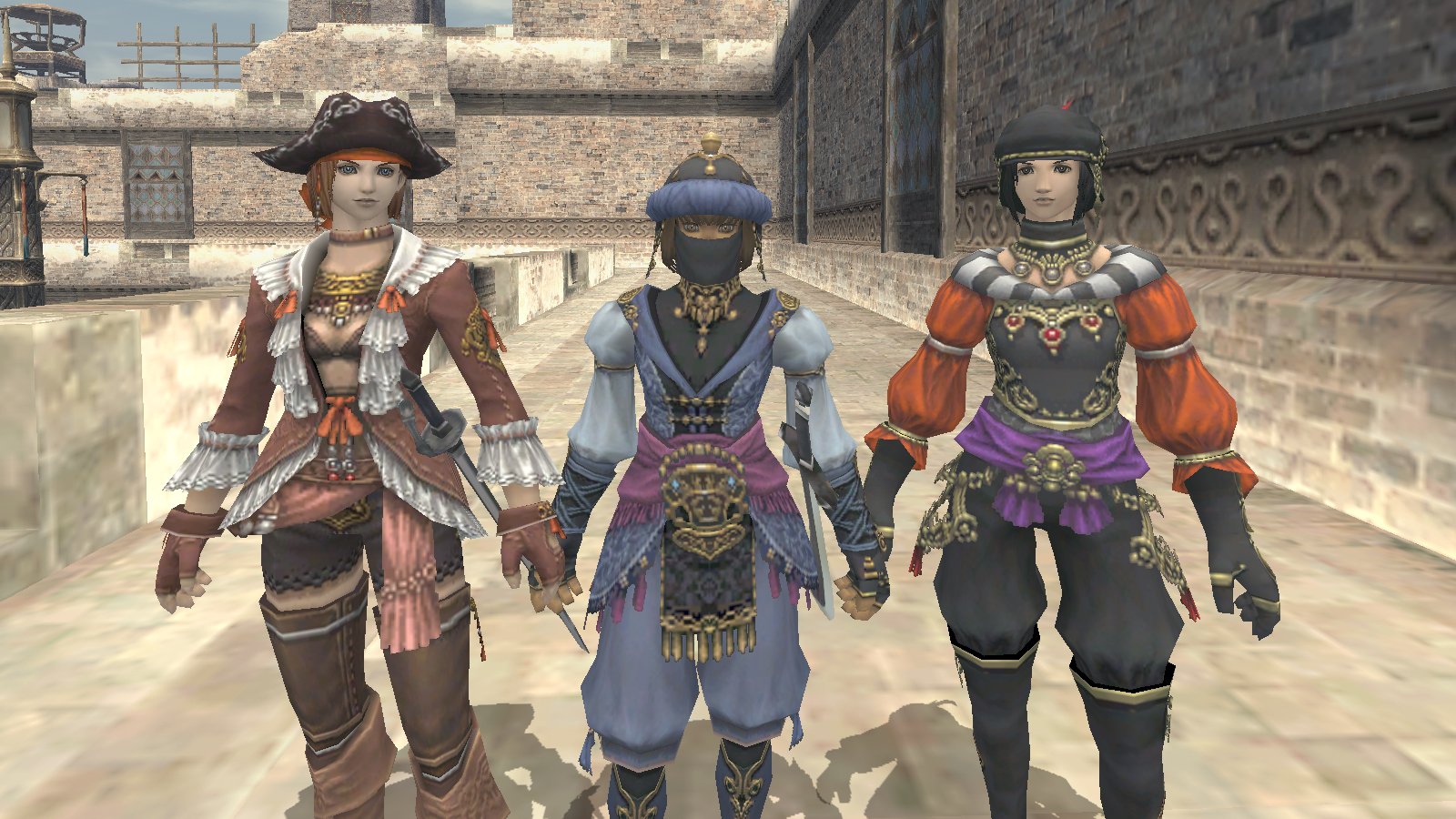
- Fujito
I think we finished up work on the blue mage rather quickly. The basic concept behind the corsair was also easy to understand, so I never really felt like it was a hard one to create. I do remember the puppetmaster being a difficult job class from a design standpoint though. Mr. Gondai* was especially worried about it, while Mr. Matsui* was also constantly saying, "Hmm..." while deep in thought. We all had trouble with it.
* Mitsutoshi Gondai, former battle planner for FFXI. * Akihiko Matsui, fourth director and second producer of FFXI, current battle director. Which part was everyone most worried about?
- Fujito
With pet-based job classes, the master (player) can still fight in battle even if the pet is incapacitated. We all considered this to be a significant advantage, but on the other hand, we couldn't make the pet or the master equal in strength to the other job classes either, so I think everyone had some dissatisfaction with the job class on some level. Therefore, we ended up discussing how to address the problem right up until the very end. We also worried about how to distinguish the job class from other pet-based jobs such as beastmasters, summoners, and dragoons.
How did the addition of the three new job classes affect the creation of items and other in-game content?
- Ito
Immediately after we implemented Treasures of Aht Urhgan into the game, we frequently asked things like if the content could be completed with a new job added to the party, and how effective it would be in battle.
- Hayashi
In regards to the items, I was careful to not create items that couldn't be used by the job class after a certain level. In regards to the puppetmaster's attachments, I always asked Mr. Matsui, "Are we going to add more?" with every version update, so it was a constant worry up until the very last minute.
The challenge of creating graphics with an exotic feel
I feel that the visual changes with the fields and dungeons in Treasures of Aht Urhgan were quite significant. The sky in the Aht Urhgan region was especially impressive.
- Ogawa
I think the environments team consciously made changes to the atmosphere and general feeling of the area. At the time of Treasures of Aht Urhgan, nearly four years had passed since the game first went live. The industry trends were changing, so I wanted to make even more beautiful graphics within FFXI, at least to the greatest extent possible.
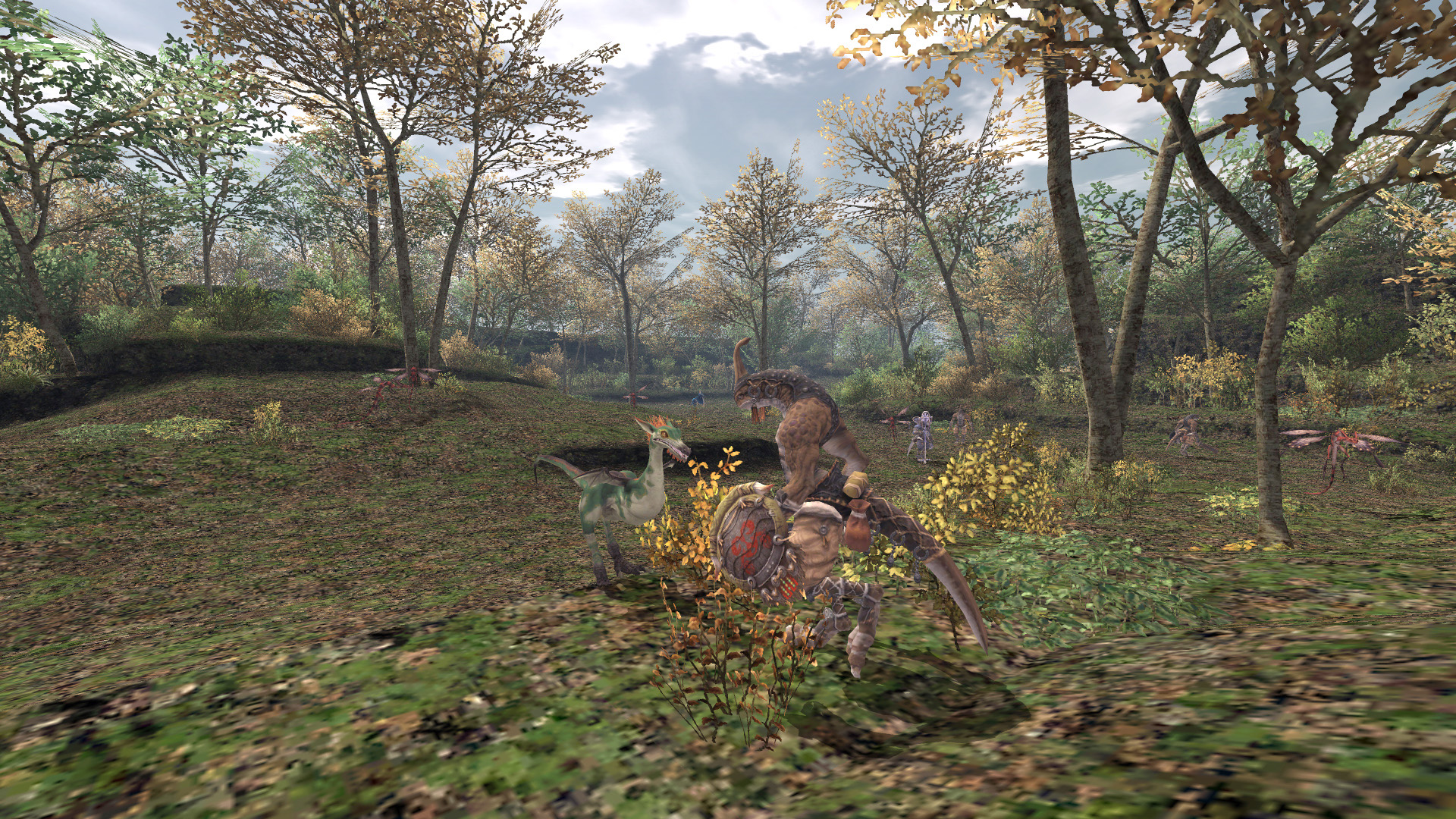
Even though they are all technically "forests," the atmospheres of Jugner Forest, Yuhtunga Jungle, and Wajaom Woodlands couldn't be more different.
- Ogawa
My goal was to create an atmosphere that made players feel as if they were in a completely different world. Also, since it was a new setting and because there were the three beastman bases, it kind of felt like a new world map even though it only took place in the Aht Urhgan region. Of course, it wasn't nearly as large as The Middle Lands in scale though.
- Ito
I felt like each area in Treasures of Aht Urhgan really represented how the different beastmen tribes lived. The experience of the original area was fully carried over, and even the areas adjacent to the beastmen bases felt like they were located in beastman territory. It was like the perfect amalgam of the environments team's skill and technique.
It was as if those living in the area were in a constant struggle against the beastmen. Besieged also featured an element where NPCs in the city were abducted by beastmen.
- Ito
Yes, it was set up so that if an NPC was abducted, it lowered the capability of the city at the same time.
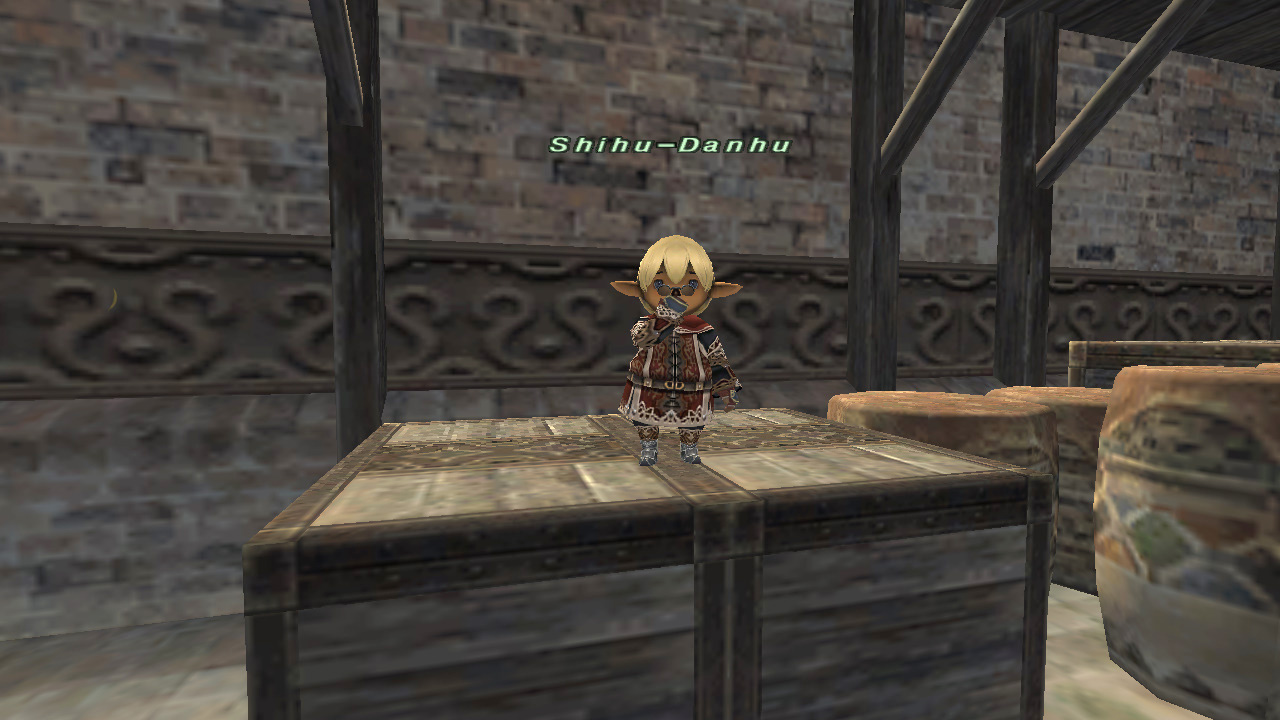
- Ogawa
Personally, I was a big fan of this feature.
- Fujito
I thought it was a good idea that a feature included within main content such as Besieged was not limited to just a single area.
- Ito
It was quite a challenge to have a feature where one area could affect what happened in another. Like I mentioned before about the beastman army's march in Besieged, the data is transferred once the beastmen cross a certain boundary. When looking at the distance from the area border to the city, we made it so that the beastmen disappeared at the border and then showed up inside the city within a reasonable amount of time.
Ultimately, the march itself was more just for show, but you really went into detail when creating it.
- Ito
We also used this system of sending data between different areas for the Campaign Battles in Wings of the Goddess. I guess you could say that its Campaign Battles are simply based on Besieged but with a larger underlying structure.
The continuous addition of battle content
Even at the moment of Treasures of Aht Urhgan's release, it featured a lot of content that is still present today, such as Dynamis and Limbus. How did you determine how much new content to include?
- Ogawa
In the early going, the plan was to have Assault and Besieged as our two main pillars.
- Hayashi
Afterwards, while planning the Salvage mode, I remember Mr. Ito saying, "Let's start the mode with removing all of the player's equipment and then gradually add it in as they go along."
- Ito
This was at a time in the game when players already had high-level equipment, so I think we wanted to create an experience that felt kind of special. Actually, the overall roadmap for Treasures of Aht Urhgan had us providing updates for about two and a half years. So I thought it would be nice to have some new kind of featured content that would appear every few months, and that we could always think up something else if that wasn't enough.
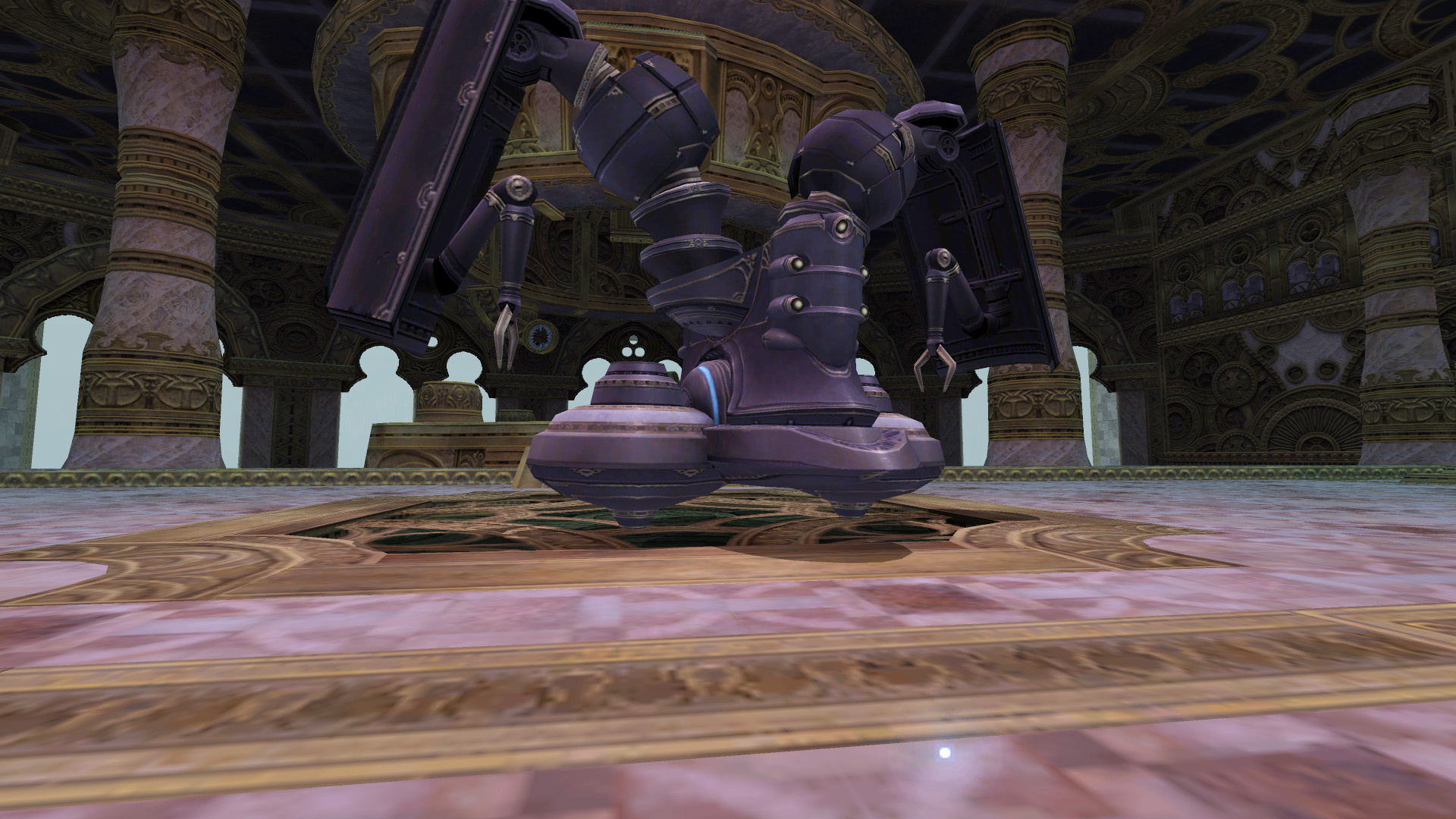
In terms of the more unusual content, there was of course Pankration, where you pitted fierce beasts against each other in battle.
- Ito
Although Pankration was included in the roadmap, it still felt like it only managed to come together at the very last minute. It was around that time that we knew that Wings of the Goddess would feature the large-scale content that would become Campaign Battles, so we wanted to add something that players could enjoy while they waited.
It was added after Wings of the Goddess came out, but the battle against Pandemonium Warden (commonly referred to as Pandemonium) made quite an impact.
- Ito
The story behind that was that we wanted a tree-style notorious monster along the lines of what was in Tu'Lia.
- Hayashi
That's how Pandemonium came about.
- Ito
The creatures were created by a planner who was working on the Salvage remnants and wanted a gameplay feature that could rival the one where Kirin summons the four deities during the battle. With their inclusion, we really felt like Treasures of Aht Urhgan was something to be proud of.
Einherjar was also included as endgame content for Treasures of Aht Urhgan, but how did it come to be added?
- Ito
With Einherjar, our thinking was, "Let's make it the final piece of difficult content for Treasures of Aht Urhgan."
- Ogawa
We also prepared a brand-new map just for it.
- Ito
Also, Odin, the final boss, uses the ability Zantetsuken that can instantly incapacitate the player, so we made his attack power a bit weaker in the beginning. However, since it was possible to dodge the ability by healing, we ended up boosting his attack power since players could just avoid the instant K.O.
Listening to your stories, I'm surprised all over again at just how much content was included with Treasures of Aht Urhgan. Why did you end up adding so much?
- Ogawa
At the time, we had the impression that players were racing through the content too quickly, so I think we were probably trying to address that issue.
- Ito
With the Chains of Promathia expansion, we focused more on the story than on its actual content, so it may have been a reaction to that as well.
- Ogawa
I think another large factor was that the expansion was released at a time when players wanted game content that could be finished fairly quickly. Assault was our response to that demand.
Still remembering the problems with creating items, even 10 years later
Mr. Hayashi, there is something I would like to ask you... There were some items that were mentioned at the Square Enix Party 2007 that your team felt were too overpowered and needed to be fixed. More specifically, you named the Errant set, the Death Scythe, and the Walahra Turban, while Mr. Kawanishi* mentioned Hagun, so I would like to hear the story behind them.
* Yuichiro Kawanishi, former battle planner for FFXI.- Hayashi
I left the FFXI team ten years ago, but I still remember the whole thing quite clearly. (laughs wryly) Also, I never referred to myself as "Death Scythe Hayashi" either. I think someone called me that as a joke and I guess the name just kind of stuck?
- Everyone
(laughs)
- Hayashi
I offer my sincere apologies to all of the players who may have been offended by my comments at the event about needing to fix the items. I would like to take this opportunity to add a little context to my comment. First of all, the name and look of the Death Scythe are pretty cool, so we wanted to give it damage and HP drain values that were worthy of that coolness factor and that would be suited to a dark knight, but the synthesis recipe for it was way too simple. As a result, it was way too cheap to make considering its performance level. If you compared it to the scythe that came out afterwards, whose performance wasn't nearly equal to the difficulty it took to obtain it, most players just ended up sticking with the Death Scythe. So given that history, my intent was to convey that the Death Scythe didn't have a proper balance between its performance and how hard it was to acquire.
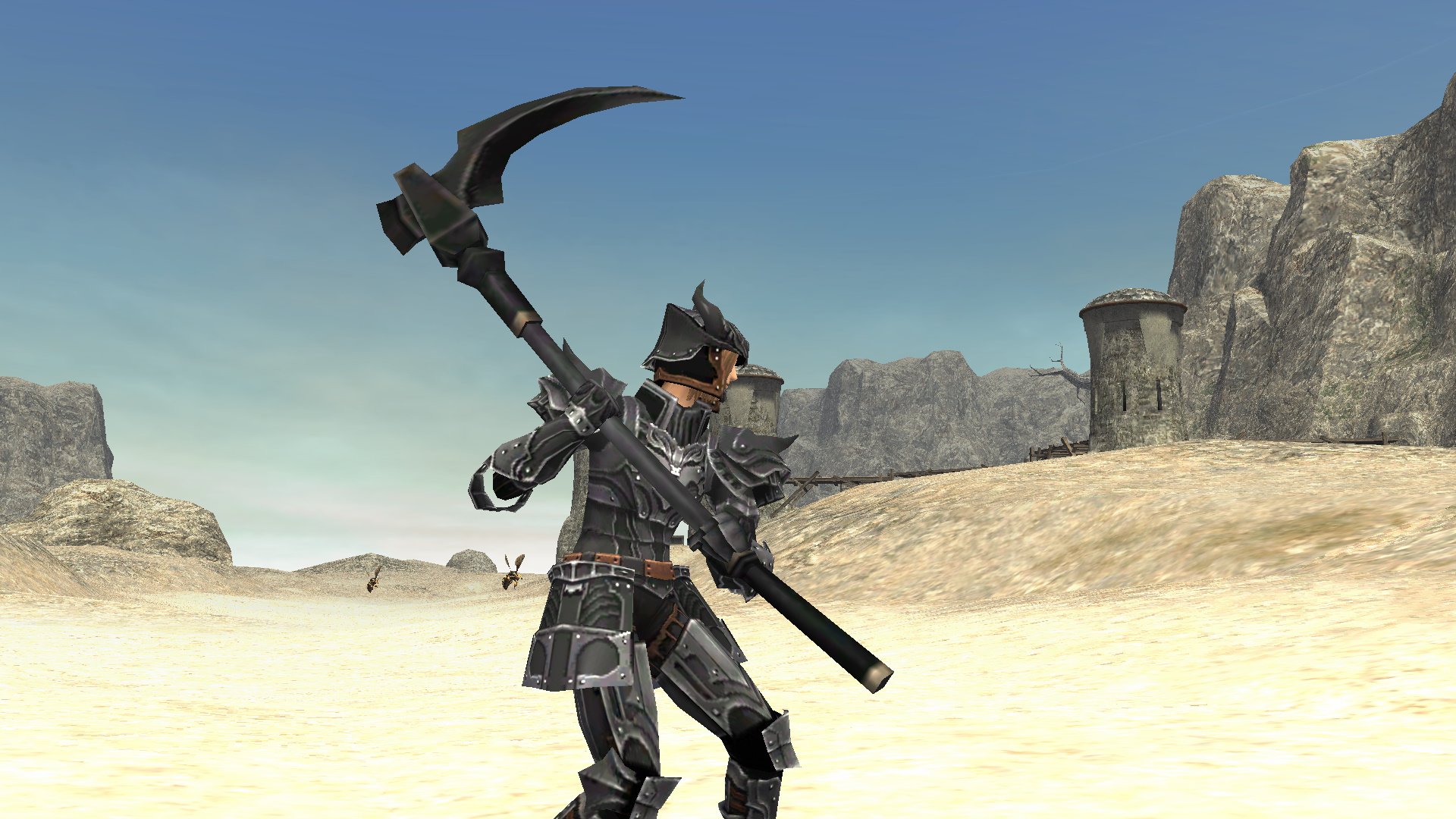
And that cut down on the variety of equipment that players ended up choosing from.
- Hayashi
At the time, we had an upper limit where we felt we could safely raise the performance of items to, and we had a rule that the limit could not be exceeded. Including the Death Scythe, the four pieces of equipment you mentioned were either at that upper limit, or at least close to it. Afterwards, we added new weapons for different hands, changed up the weapons themselves, and added scythes with new abilities, all of which adhered to our rule, but people still insisted on using the Death Scythe. In regards to the armor, even though it could be created through synthesis, its stats such as INT+10, MND+10, CHR+10, and MP Recovered While Healing +5 were all ideal stats that you'd want to have for back line/non-melee characters.
As a player, I was happy because I was able to get such powerful equipment so cheaply. However, I imagine it made hard for you on the development team to make new items after that.
- Hayashi
Yeah, definitely.
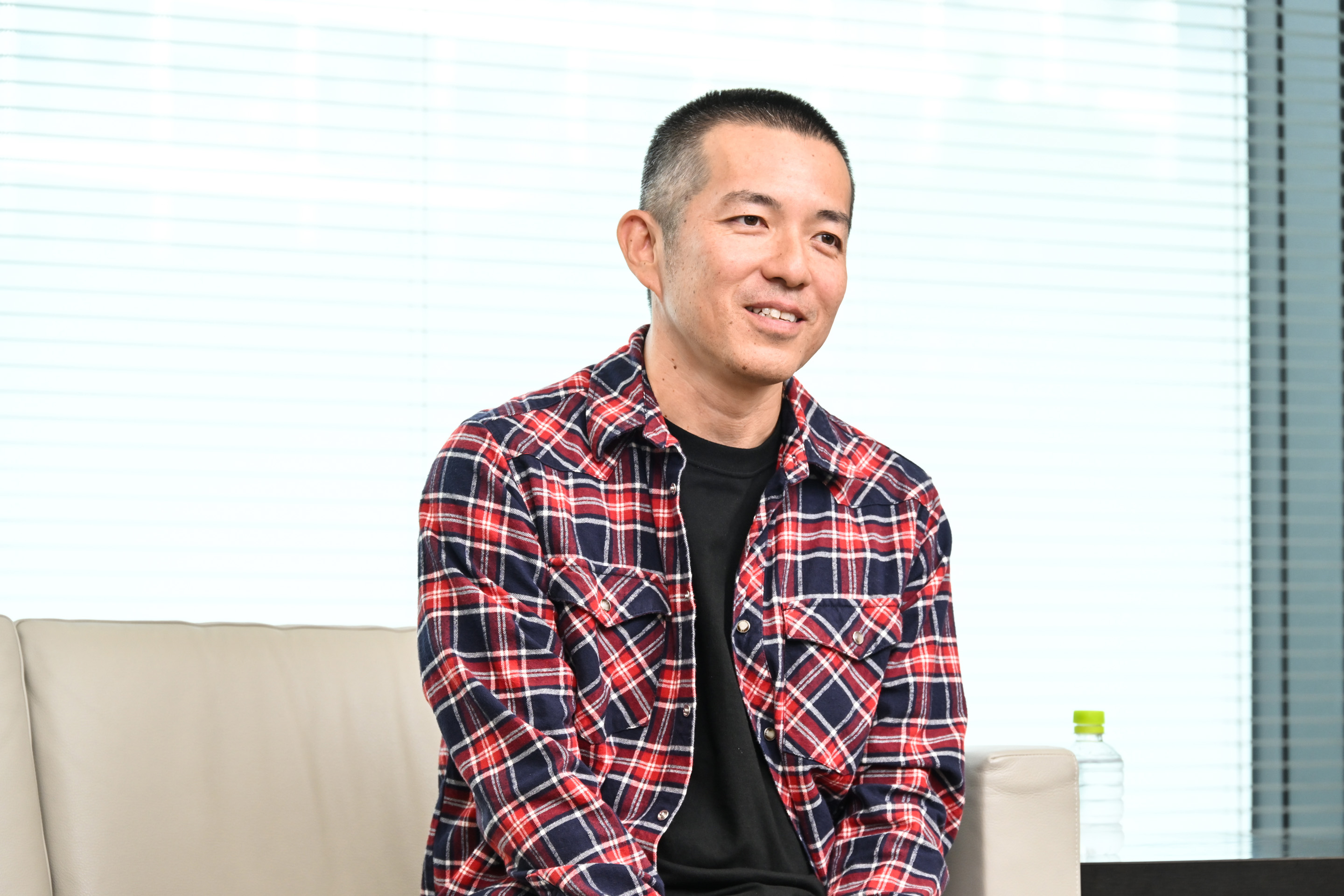
Were you also in charge of the Walahra Turban?
- Hayashi
Yes, I was. During the time before Treasures of Aht Urhgan was released, most players who fought up front and had reached a certain level were equipping the Optical Hat. When we added the Optical Hat, the accuracy stat was high up on players' priority lists. It featured high accuracy and evasion stats (Accuracy+10, Ranged Accuracy+10, Evasion+10), but it didn't look very good. I thought there would be a mixture of people who cared about the item's aesthetics and those who didn't as long as its stats were good. However, more players ended up wearing the Optical Hat than I expected.
So for most players, an item's abilities were more important than its appearance.
- Hayashi
In an effort to get them off of the Optical Hat, I created the Walahra Turban which featured Haste +5%, but then everyone started wearing it instead. I was hoping to see more players showing off their individuality via their character's appearance, but alas... All of that made me realize just how difficult it is to create items for the game.
